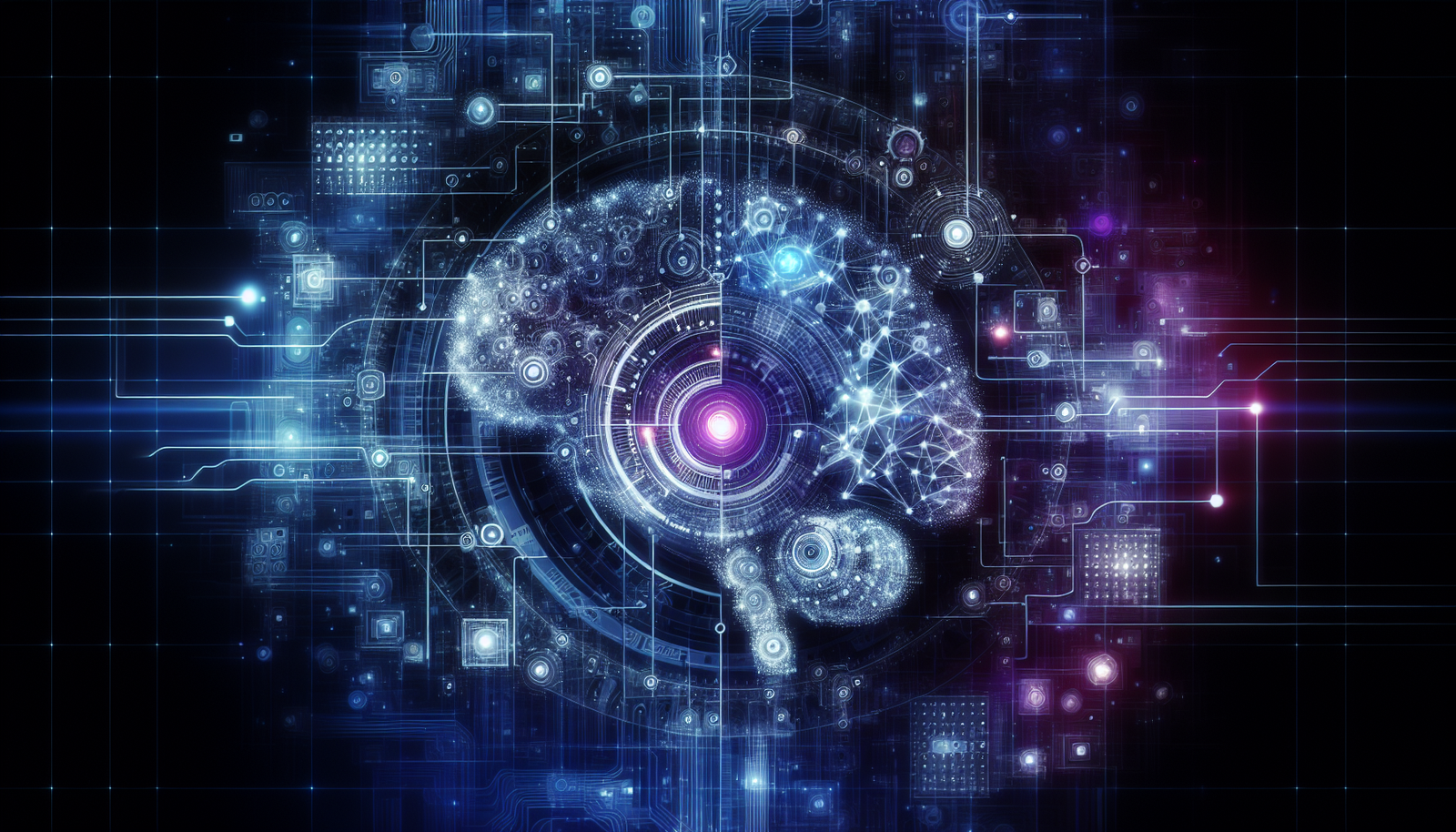Artificial intelligence transcends the limits of traditional reasoning, simulating complex human cognitive processes. AI transforms raw data into valuable knowledge, driving innovations across various sectors. Understanding this decision-making mechanism will illuminate contemporary issues and the crucial ethical implications of this technology. Spectacular advances, such as those from DeepSeek and Claude 3.7, open a new chapter on the interaction between humans and machines. The major challenge lies in the ability of AI to decipher complexities and develop solutions tailored to varied challenges.
Understanding the reasoning of artificial intelligence
The reasoning process of artificial intelligence is based on complex algorithms and learning methods. These systems, often described as digital brains, mimic human cognitive functions. Two main approaches illustrate this capability: deep learning and machine learning.
Deep Learning and Machine Learning
Deep learning involves the use of deep neural networks to analyze massive data sets. These networks, composed of multiple layers, enable AI to extract relevant features from the data. Additionally, machine learning, which is more general, includes various techniques allowing AI to learn from data without constant human intervention.
The foundations of reasoning
Understanding reasoning in AI requires analyzing data and models. Data serves as the fuel for these systems; without it, artificial intelligence cannot function. Each model is designed to perform specific tasks such as classification, prediction, or natural language processing.
Language models
Language models, recently developed by companies such as DeepSeek, illustrate an AI’s ability to reason. These models rely on vast textual databases to generate content or answer questions. Claude 3.7 has been announced as a model capable of reasoning more like a human, setting a higher standard in the field.
Practical applications of reasoning AI
The reasoning of artificial intelligence has concrete implications across many sectors. For example, companies like Microsoft integrate reasoning-capable AIs into their software to enhance data search and analysis. New core features, such as those of Copilot, optimize workflows while increasing productivity.
Future perspectives
The continuous evolution of AI models suggests promising outlooks. Recent experiments indicate that AI systems adopt reasoning methods similar to those of humans. Technology could eventually surpass human capabilities in terms of speed and efficiency.
Challenges and limitations
Despite advancements, several challenges remain regarding the understanding and implementation of AI. Algorithms are often referred to as “black boxes,” making their decision-making difficult to interpret. This raises ethical and practical questions, particularly in sensitive fields such as healthcare or finance.
Ethics and responsibility
Ethical considerations surrounding AI require increased attention. Companies must ensure that AI systems do not replicate biases present in training data. The ethics of AI also involves developing standards to ensure transparency and accountability in the decisions made by these algorithms.
Current conclusion on AI reasoning
The reasoning of artificial intelligence continues to fascinate and provoke inquiry. Major players such as DeepSeek and OpenAI are redefining the contours of this technology by developing smarter and more efficient models. These advancements underscore both the unimaginable potential of AI and the necessary precautions to ensure that it is used beneficially for society.
Frequently asked questions about AI reasoning
How is artificial intelligence capable of reasoning?
Artificial intelligence reasons through algorithms that mimic human decision-making processes, using data to analyze situations, establish relationships, and draw conclusions.
What are the main steps in an artificial intelligence’s reasoning?
The steps include data collection, analysis of that data, creation of models based on probabilities, and then decision-making based on the obtained results.
What types of algorithms does AI use for its reasoning?
Commonly used algorithms include neural networks, decision trees, as well as machine learning techniques such as deep learning and reinforcement learning.
How do data influence the reasoning of artificial intelligence?
Data serves as an indispensable foundation for reasoning: AI cannot produce relevant results without access to a sufficient and quality data set to learn and improve.
Can artificial intelligence explain its reasoning?
For some advanced AIs, like Xpdeep, yes, they can explain their decisions due to integrated transparency mechanisms that describe the logical pathway followed to reach a conclusion.
How does AI evaluate uncertainty in its reasoning?
AI uses probabilistic models to quantify uncertainty, enabling decision-making even when information is incomplete or ambiguous.
What limits the reasoning of artificial intelligence?
Its main limitations include the inability to understand human context, biases present in training data, and an excessive dependence on established reasoning models that may not apply to all situations.
How does artificial intelligence compare to human reasoning?
While AI can process vast amounts of data and reach logical conclusions quickly, it lacks the intuitive or emotional understanding that characterizes human reasoning.
What are the applications of reasoning in artificial intelligence?
Reasoning in AI is applied in various fields such as medicine, finance, customer service, and autonomous vehicles, to facilitate informed and automated decision-making.






